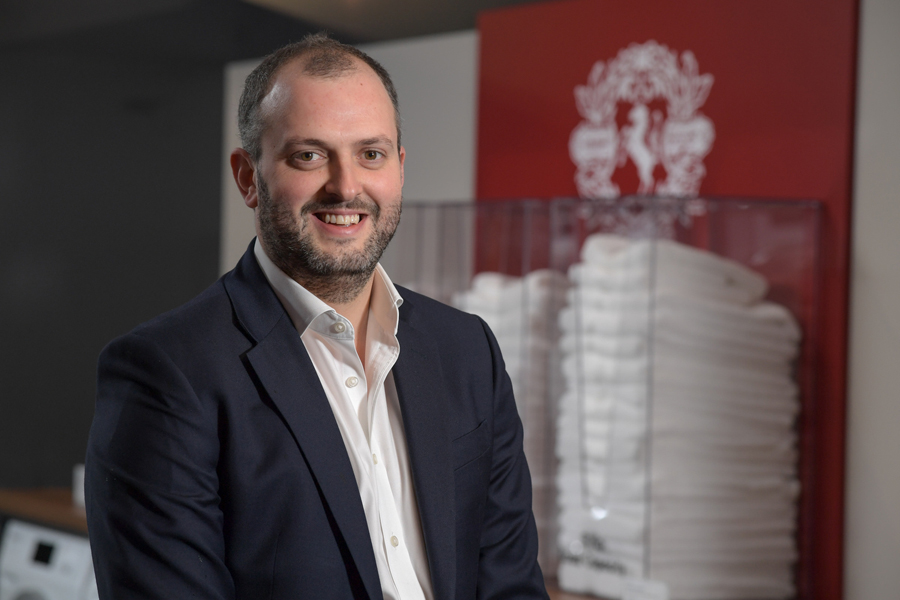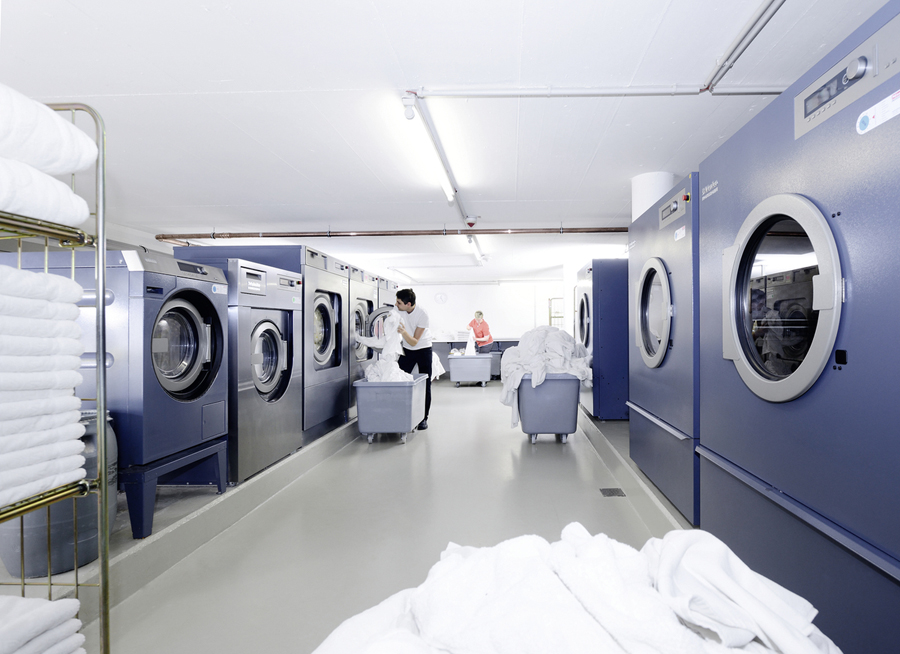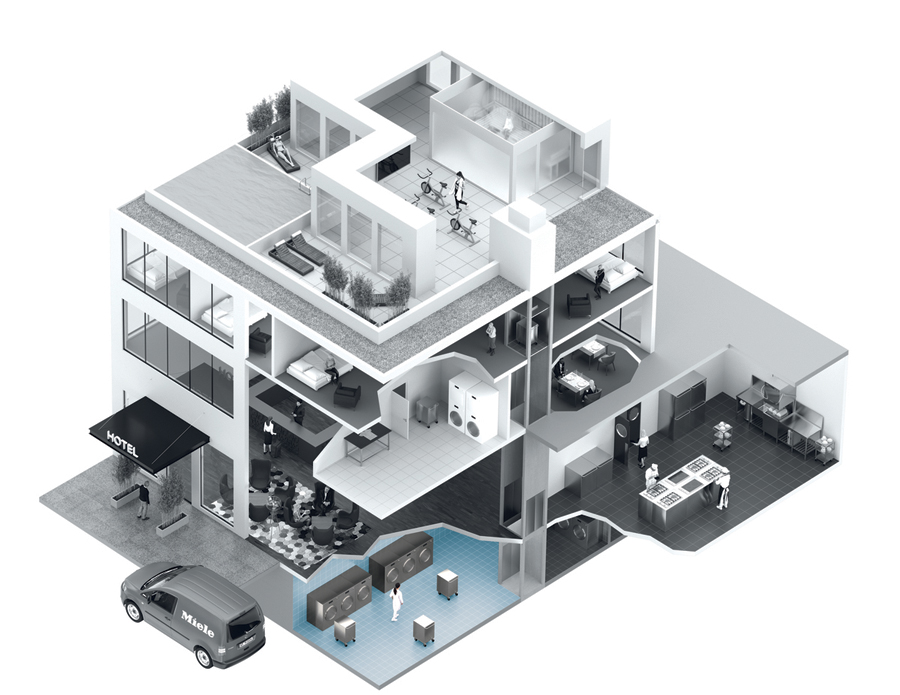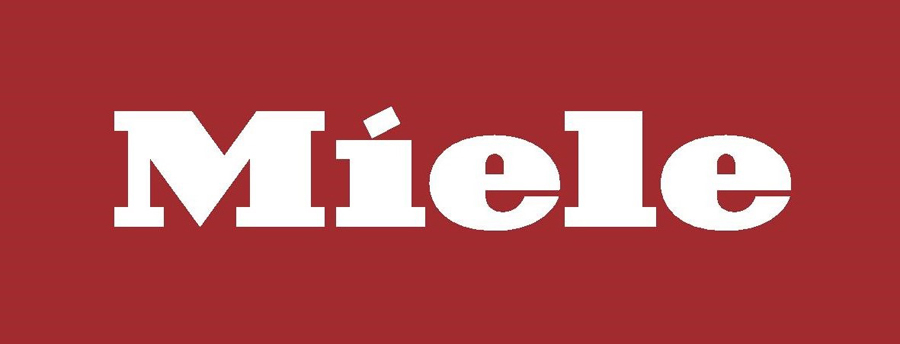Sam Holden, business account manager at the Professional Division of Miele

As awareness and education around climate change continues to grow, sustainability is becoming an increasingly important consideration for clients. While laundry facilities are by no means top of the list when it comes to building and design plans, they can have a big impact on a business’ footprint. So, what do you need to bear in mind when accommodating an on-premise laundry (OPL) into designs, and specifying equipment for environmentally-conscious clients? Here are a few key considerations.
Design considerations
In accommodating a sustainable OPL, there are several design considerations to bear in mind:
Energy source – Is the client opting for standard energy supply or are they considering renewable energy measures such as solar panels? This needs to be factored in at design stage to ensure efficient supply to the laundry room.
Tumble drying isn’t the only option to dry laundry – will the client be line drying some items in the warmer months? If so, ensure the laundry is located on the ground floor with access to the outdoor area. Ground floor laundry facilities also provide ease of access for installation and replacements, and improved water pressure, draining, and ducting compared to other locations in the building.

Specifying equipment
Sometimes clients may ask you to advise them based on your experience. If the client has sustainability at the top of their agenda but is unsure exactly what they need, or has asked you to advise, consider:
Energy consumption – Recommending a model that uses minimal water and electricity in its cycles. Not only does this equal lower usage, it also means lower utility bills.
Reducing waste to landfill – While a higher quality commercial machine is usually a larger upfront cost for the client, opting for equipment with a longer lifecycle reduces the amount of waste to landfill and delivers a better ROI. In this respect, Miele offers additional assurance for sustainability: all Miele Professional machines have a high metal content of up to 90%, and more than 95% of the entire machine can be recycled at its end of life rather than sent to landfill.
Residual moisture – Many commercial dryers now incorporate settings to leave a small amount of moisture in the washing, making items easier to iron than if they’re bone dry. This also ensures that the dryer isn’t unnecessarily using energy through over-drying.
Reducing chemical waste – While washing chemicals aren’t known for being eco-friendly, they’re a necessity for many commercial washing environments and modern detergents are often effective at cooler wash temperatures, which use less electricity for heating. Recommend your client a machine that’s fitted with an automated dispenser to ensure that only the necessary amount of chemicals is used per wash.
Energy efficiency and investing in quality equipment with longer lifecycles is also better on the pocket. Showing your client you know your stuff when it comes to sustainability can go a long way – and while the laundry only makes up a small part of this, it shouldn’t be overlooked.










